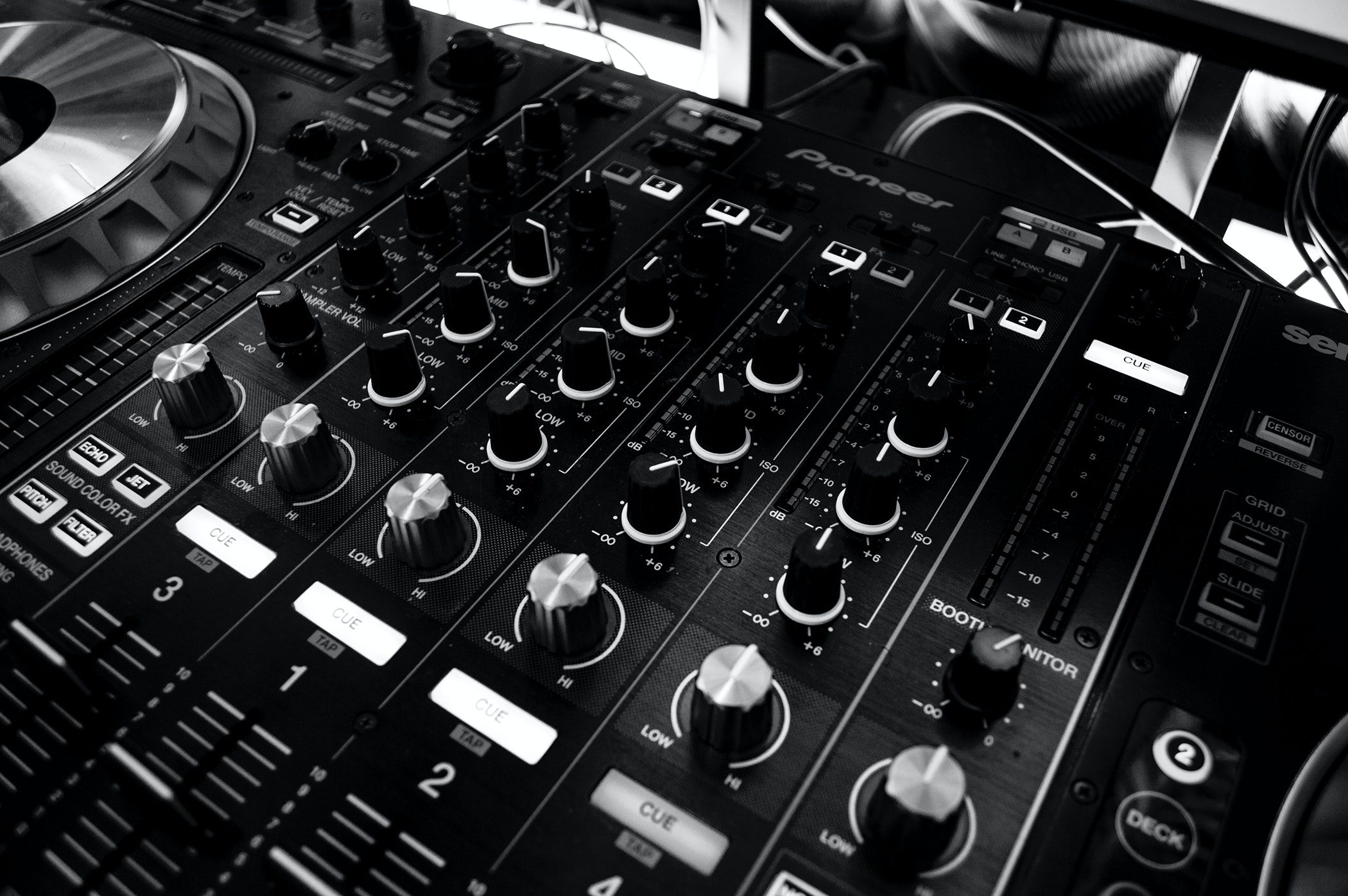Every recording engineer has to work with the equipment available to them at the moment. Those recording tools and technologies put a distinctive stamp on the music they record. An album from 1955 sounds completely different than an album from 1985. The modern era of recording is no different. Developments like DAWs, compact audio interfaces, and plugins all contribute to the sound of modern music. What has changed is the pace of technology. Things that were impossible in the past are trivial for modern producers. One of those main breakthroughs is vocal pitch correction. This powerful technology may seem like cheating, but it’s just another tool modern engineers have at their disposal—it can be used well, or poorly. Here we have a hard truth for you: everyone uses vocal pitch correction, even the pros. We’ll explain why.
To tune or not to tune?
Pitch correction software has been a divisive technology since its launching.
The idea that a singer’s skill could be artificially enhanced by a plugin sparked a heated debate about authenticity in music.
Traditionally anti-establishment genres like rock and punk often put a premium on values like authenticity and artfulness.
To those on this side of the argument, vocal pitch correction is just another way for pop producers to put visual aesthetics before musical ability.
However, artists who aren’t bogged down by these issues don’t hesitate to use pitch correction as a creative tool.
The reality is that pitch correction has been widely adopted by the industry for several key reasons—and propping up bad pop stars isn’t the main one!
Time is money
Pitch correction is a must-have tool—but not for the reasons you’re thinking.
The vast majority of vocalists are actually a bit capable in the studio. They may not be Ella Fitzgerald, but most singers can create useable results if they put in the effort.
Even if you don’t use vocal pitch correction there are tons of conventional studio tricks to help a not-so-strong singer get a good finished product.
We’re talking about techniques like comping the best moments from different takes together or isolating certain instruments and punching in for difficult sections.
And just like anything in music, singing is a skill that can be better with practice. If you’re trying to sit in a vocal booth for hours on end, you can probably get a functional take.
The problem is those studio vocals are under a lot of scrutinies. Modern mixes ask for big, bold, perfect sounding vocals that dominate in the mix.
Put any unedited track under that microscope and you’ll probably find something that could be improved
In the past, if an otherwise usable take had a small imperfection you’d either have to live with it or bring the artist back to record it again.
Pitch correction is a godsend for these situations. But not only for practical purposes…
The vibe is hard to repeat
Vocals communicate the emotional intensity of a song for most audiences. Why settle for a less passionate performance when the errors in the take you prefer can be corrected with pitch correction?
Turning the artist back into the studio may not always be possible. Even if it happens, you can’t go back in time and achieve exactly the same vibe as the original takes.
And if the singer is just stuck on some difficult part, slowing the pace of the session to a crawl to get it right isn’t always the best option.
The vocalist might be able to nail a take eventually. However, why waste everyone’s time?
Using pitch correction intelligently helps you to save your time and theirs. Moving on and completing more materials is often a better choice anyway.
And in most cases, we need to fix the issues that aren’t even that extreme.
Subtle tweaks
Here’s another truth: if an engineer doesn’t want you to hear the effect of pitch correction, you’ll never notice.
Those with a lot of experience can sometimes tell if a track has been manipulated extensively.
But subtle correction is virtually invisible in moments where the singer was close but didn’t quite hit the mark.
These types of issues might pass in a less demanding environment like a live show, however, they’re often worth correcting for a polished pop vocal.
This is where pitch correction truly shines as a music production tool.
You can improve an already great take considerably by using pitch correction—just in the spots where it’s most needed.
That’s the way the majority of pro engineers use this technology in their workflow.
As long as you respect your source material and don’t go too far, pitch correction is a useful tool. When you’re tracking a great singer you have to ensure you don’t do more harm than good!
If you’ve got it, use it
As a producer, you should take every opportunity you have to make your sound better in your mix.
That’s the reason why pitch correction finds its way into almost every type of vocal production workflow.
If you have the ability to musically and transparently improve your raw tracks, why wouldn’t you do it?
Those who concern about authenticity are missing the point. Any technique is valid if it leads you to a better final result.
In big production environments, vocal pitch correction is often a part of the editing phase and won’t even be seen by the main engineer working on the project.
They might not even know that some vocal parts have been fixed by assistants during the edit—and neither will the artist!
The pros aren’t afraid to use vocal pitch correction in their work. And you shouldn’t be either.

